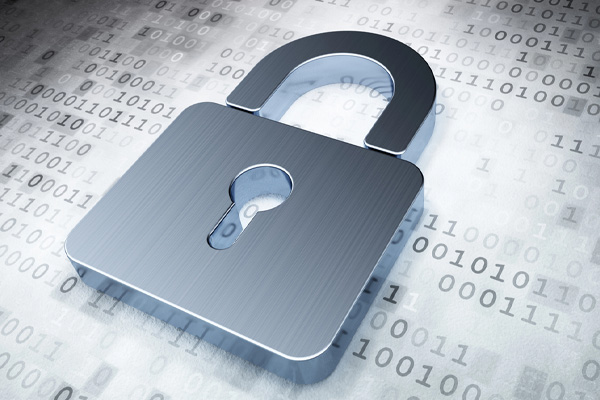Multi-Factor Authentication (MFA): Why It’s No Longer Optional

The Role of Managed Hosting in Website Speed and Performance
September 20, 2023
The Future of Managed Hosting: Trends to Watch
November 29, 2023In today’s digital age, cybersecurity has emerged as a paramount concern for businesses of all sizes. As threats become more sophisticated and frequent, the traditional username-password combo, once deemed adequate, is now dangerously vulnerable. Enter Multi-Factor Authentication (MFA) – a security system that verifies a user’s identity by requiring multiple credentials. Far from being just another tech jargon, MFA is swiftly becoming a standard security measure, and for a good reason.
The Risks of Sole Reliance on Passwords
Hackers and malicious entities have a vast array of tools at their disposal. Brute force attacks, where software is used to generate countless combinations until the correct password is found, can compromise even a seemingly strong password. Additionally, tactics like phishing often trick users into providing their passwords willingly.
When passwords are the sole gatekeepers of sensitive data, they become the single point of failure. Once breached, the intruder gains unhindered access to everything protected by that password.
Introducing Multi-Factor Authentication
MFA, at its core, operates on a simple principle: verify identity using more than one piece of evidence or factors. These factors can be:
1. Something You Know: This is usually a password or PIN.
2. Something You Have: This can be a physical device like a smart card, a USB security key, or a smartphone that receives a verification code.
3. Something You Are: Biometric factors like fingerprints, facial recognition, or retinal scans fall under this category.
With MFA in place, even if a hacker manages to steal a password, they are stopped in their tracks without the second or third factor. For instance, if a cybercriminal attempts to log into a system using stolen credentials but lacks the physical device needed to receive the authentication code, the login attempt would fail.
The Benefits of MFA
• Enhanced Security: The primary advantage of MFA is the fortified security it offers. By requiring multiple forms of verification, MFA ensures that potential breaches are significantly reduced.
• Flexible Security Levels: MFA allows businesses to tailor their security levels. For instance, while a standard user might only need two factors to access a system, administrators with higher access privileges can be required to provide three or more.
• User Convenience: Contrary to the misconception that MFA complicates the login process, it often streamlines it. Biometric systems like fingerprint scanners or facial recognition can be quicker and more straightforward than typing out a lengthy password.
• Compliance with Regulations: Many industries now mandate the implementation of MFA to meet regulatory standards and protect user data. Employing MFA can keep businesses compliant and avoid potential penalties.
In Conclusion
In a world where cyber threats loom large, the question isn’t whether you can afford to implement MFA but whether you can afford not to. It’s an essential tool in the cybersecurity arsenal, acting as a formidable deterrent against unauthorized access. While no security measure can promise absolute invulnerability, MFA goes a long way in safeguarding data by adding layers that are challenging for cybercriminals to penetrate. It’s time to recognize that in the modern cybersecurity landscape, Multi-Factor Authentication isn’t just an option; it’s a necessity.
Are you ready to fortify your business’s digital defenses? Contact SingularisIT today and let our experts guide you in integrating robust cybersecurity solutions tailored to your needs.


